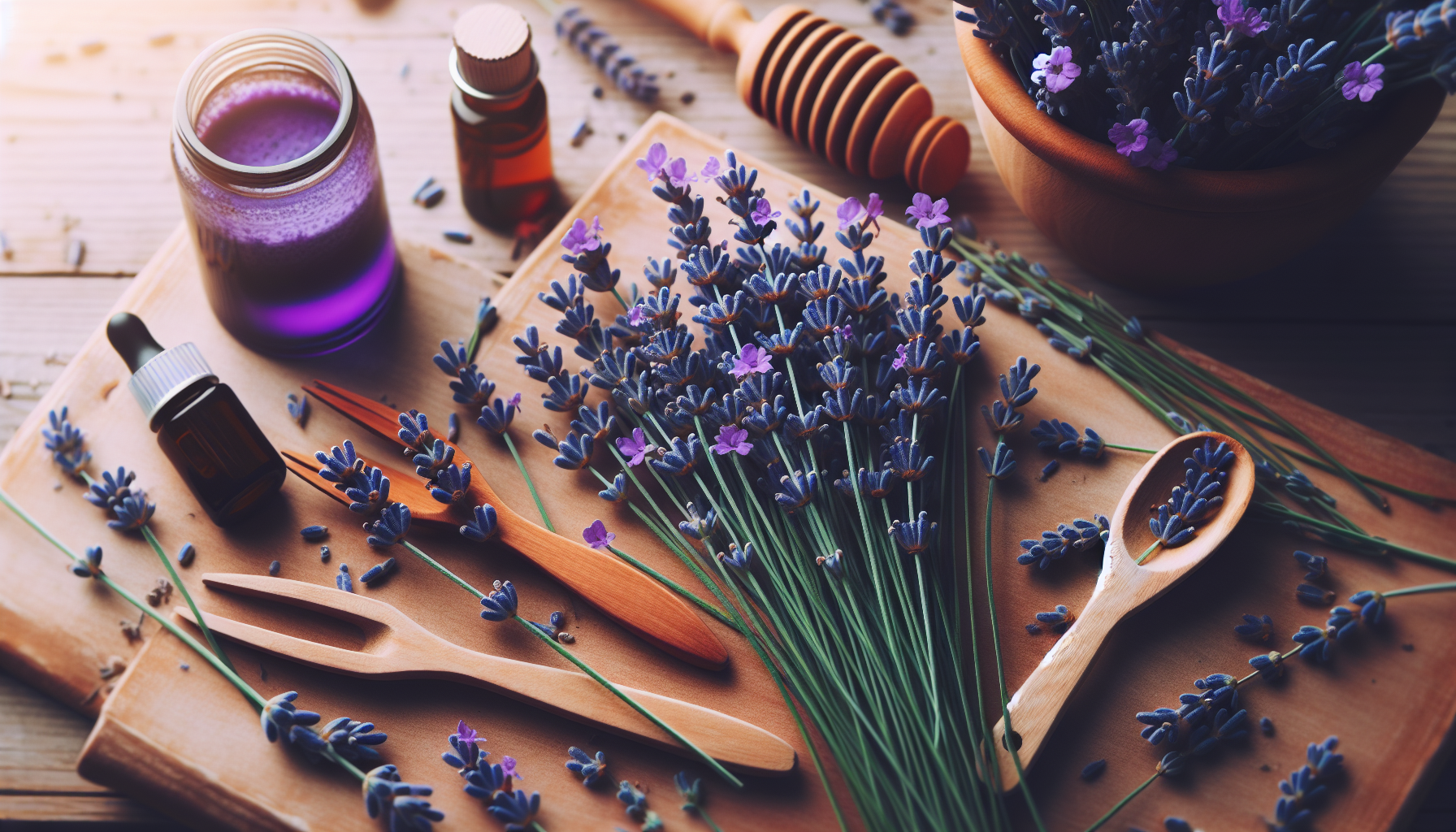
what does a lavender plant look like
What Does a Lavender Plant Look Like?
Lavender is one of the most beloved plants in the gardening world, known for its soothing fragrance, vibrant color, and therapeutic properties. Whether you’re an experienced gardener or a plant enthusiast, understanding what lavender looks like can help you identify and appreciate this iconic plant.
Overview of the Lavender Plant
Lavender (Lavandula) is a genus of flowering plants in the mint family, Lamiaceae. Native to the Mediterranean, it thrives in sunny, well-drained environments and is celebrated for its aromatic blooms and versatile uses. Lavender is a perennial plant, meaning it returns year after year, making it a favorite for gardens, landscapes, and even indoor spaces.
Key Features of Lavender
1. Flowers
The most recognizable feature of the lavender plant is its flowers. Lavender blooms are small, tubular, and grow in dense, elongated spikes. The color of the flowers ranges from pale lilac to deep purple, depending on the variety. Some varieties even produce white or pink flowers, though purple is the most common.
2. Foliage
Lavender plants have narrow, elongated leaves that are often a silvery-green color. The leaves are covered in fine hairs, which give them a slightly fuzzy texture and contribute to the plant's drought tolerance. The foliage emits a subtle fragrance when touched, adding to its appeal.
3. Growth Habit
Lavender typically grows in a compact, bushy form. Mature plants can range from 12 inches to 3 feet in height, depending on the variety. The stems are woody at the base and produce soft, flexible shoots at the top. This growth habit makes lavender an excellent choice for borders, hedges, or container gardening.
Popular Lavender Varieties
There are many varieties of lavender, each with its own unique appearance. Here are a few of the most popular:
- English Lavender (Lavandula angustifolia): Known for its sweet fragrance and deep purple flowers, this variety is a classic choice for gardens and essential oil production.
- French Lavender (Lavandula dentata): Characterized by its toothed leaves and showy flower bracts, French lavender is a decorative addition to any garden.
- Spanish Lavender (Lavandula stoechas): Recognizable by its distinctive "rabbit ear" petals at the top of each flower spike, this variety adds a whimsical touch to landscapes.
Where to Spot Lavender
Lavender is commonly found in gardens, herb farms, and naturalized landscapes. Its striking appearance makes it a popular choice for ornamental borders, rock gardens, and even rooftop gardens. Thanks to its adaptability, lavender can also thrive in pots or containers, making it accessible to those with limited space.
Why Lavender is a Gardener’s Favorite
Aside from its beauty, lavender is loved for its low-maintenance nature. It thrives in full sun, requires minimal watering, and is resistant to pests and diseases. Additionally, lavender attracts pollinators like bees and butterflies, making it a wonderful addition to eco-friendly gardens.
Conclusion
Lavender is more than just a plant; it’s a sensory experience. With its striking purple flowers, silvery-green foliage, and soothing aroma, lavender is a true gem in the world of gardening. Whether you’re planning to grow it yourself or simply admire it from afar, understanding what a lavender plant looks like will deepen your appreciation for this timeless beauty.
Interested in growing lavender in your own garden? Check out our Complete Guide to Growing Lavender for tips and tricks!